Introduction to Crassula Plant Care
Welcome to the world of Crassula plants, an eclectically beautiful genus that has won over hearts and homes around the globe. These easy-to-care-for succulents come from far-flung corners of the world, including South Africa and Madagascar, boasting resilience and an understated elegance that makes them a favorite among green thumbs and nosy novices alike. But what is it about these plants that captures our imagination and brightens our living spaces?
For starters, Crassula plants bring a touch of nature’s surreal artistry into our everyday lives. Take the popular Crassula ovata, often referred to as the Jade Plant or Money Tree, which is believed to bring good fortune and prosperity to its owners. With their plump, shiny leaves and sturdy growth, Crassulas exude a Zen-like charm that’s both calming and captivating. Their origin story is as rich and deep as the soils they favor, tracing a lineage back to ancient lands where they thrived under sun-soaked skies and starry nights.
And let’s not overlook their astounding versatility. Whether you’re creating a mini rock garden or seeking an enduring companion for your office desk, there’s a Crassula species that fits the bill. Just imagine coming home to a ‘Hobbit’s dwelling’ with Crassula ‘Gollum’ or gazing at a ‘Buddha’s Temple’ stacked impeccably with geometric precision – the design possibilities are limitless.
To see these plants in their full glory, take a peek at this insightful video I found. It showcases the transformation of a Crassula specimen as it’s given a new home, illustrating the potential and poise these plants possess.
But it’s not just about good looks; Crassula plants are also symbols of endurance and adaptability. They can persevere through forgetful watering and still shine when you remember their thirst. For more gardening insights, including how to give your green companions the care they deserve, explore the “Thriving Succulent Care” section on our website.
In this rapidly changing world, where the only constant is change itself, Crassula plants stand as a beacon of unwavering beauty. Embracing these verdant friends means not just decorating your surroundings, but enriching the very air you breathe. As we delve further into the specifics of nurturing your Crassula, let this introduction be a gentle reminder of the simplicity and joy that plant care can bring into your life.
Optimal Growing Conditions for Crassula
Imagine a plant that not only spruces up your space but also thrives with a little sun and a careful splash of water. That’s Crassula for you! This resolute little succulent can add a tinge of greenery to your home without asking for much. Let’s dive into the picture-perfect environment that will make your Crassula as happy as a clam in high tide.
Let There Be Light! Crassula plants are sun-worshippers, basking in the glory of those golden rays. Perch your little green buddy by a sunny window sill where it can soak in the sunlight – a minimum of four to six hours a day should do the trick. Naturally, these plants are used to the arid climates of South Africa, so they’re all about that sunshine life. But remember, too much of a good thing can be bad; safeguard your Crassula from harsh, direct afternoon sun that might singe its fleshy leaves.
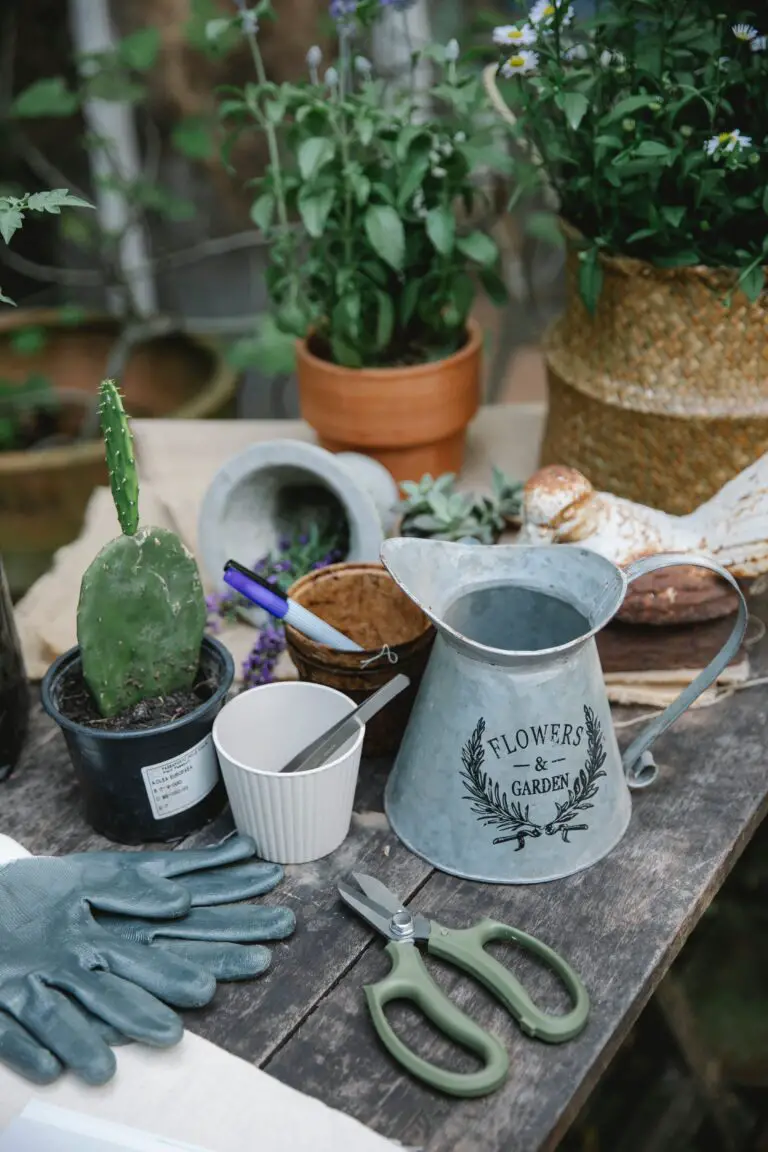
Just Right Temperatures – Think of the warm caress of spring and mild autumn days – that’s the kind of warmth Crassula plants are after. A comfy range between 65-75°F (18-24°C) during the day and a slight drop at night suits them just fine [External Link]. Like a delicate pastry, they don’t enjoy extreme heat or freezing temperatures. If it’s fit for you to lounge in a T-shirt, your Crassula will feel at ease too.
Humidity – Low and Easy – Crassula’s succulent nature means it stashes water in those chubby leaves, enabling it to scoff at the need for high humidity. Keep it simple with low to average room humidity, and you’ll see your Crassula living its best life. And while we’re at it, make sure your Crassula’s soil drains faster than a sink after a quick rinse – these plants can’t stand soggy feet!
I invite you to explore more secrets of flourishing succulents which can guide you to ensure your Crassula not only survives but thrives in your care. Remember, an environment tailored to their liking is key to seeing these resilient succulents flourish.
Watering Your Crassula the Right Way
Are you treating your Crassula plant like a high-maintenance diva or a hardy desert survivor? In truth, it’s a bit of both. When it comes to hydration, these succulents require a Goldilocks approach—not too much, not too little, but just right. So, grab your watering cans, and let’s dive into the splashy world of Crassula care.
First things first, let’s tackle overwatering. It’s the equivalent of loving your plant to death—literally. A Crassula’s roots are like sponges in the arid desert; they crave air as much as water. When you overwater, imagine those roots soggy and squelching, unable to breathe, resulting in root rot. The warning signs? Yellowing leaves, a squishy base, and a plant that’s more wilted than a forgotten salad.
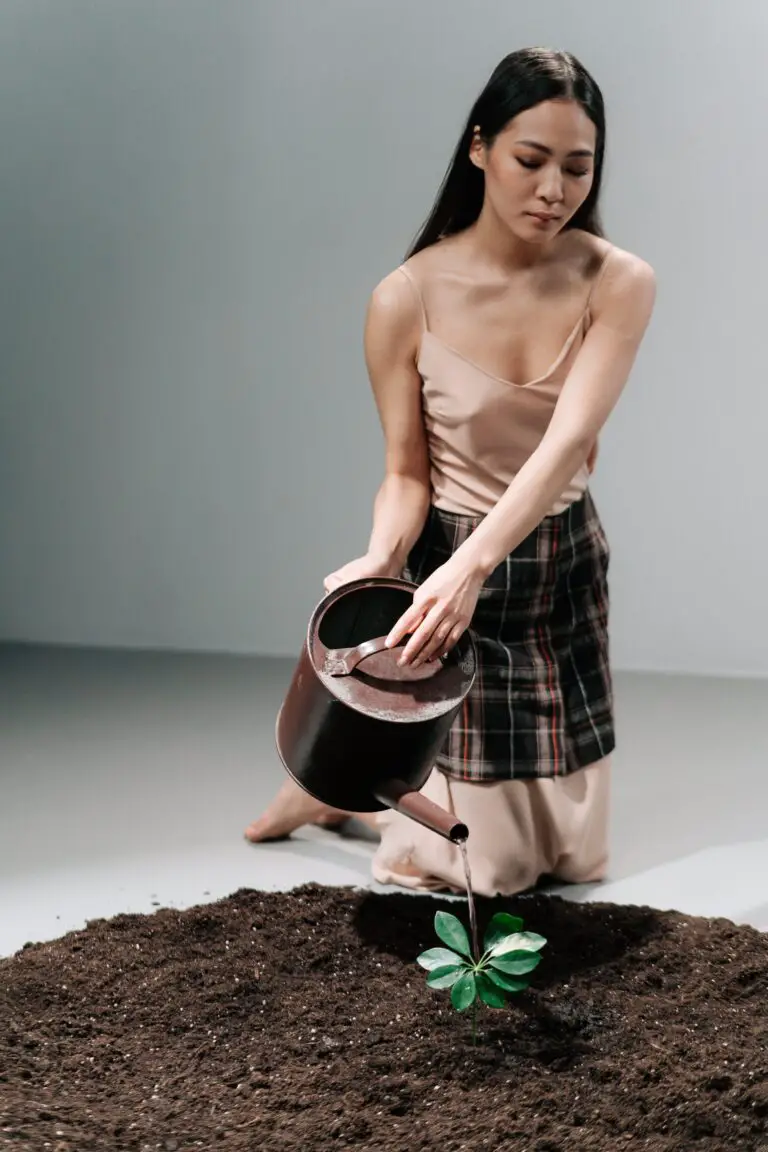
Now, under-watering might seem like a tough-love approach, but your Crassula has feelings—yes, really! Depriving it of water is like sending it into the desert with an empty canteen. You’ll see its leaves becoming as dry and wrinkled as a raisin left in the sun. To prevent this, a consistent watering schedule when the soil feels dry to the touch is key.
But how do you strike the perfect watering balance? Think of it as writing a great melody; it’s all about rhythm and timing. During the growing season, typically spring and summer, your Crassula would like to sip water more frequently. Cue the symphony of growth. In the cooler months, water less often, letting the plant rest a bit, like the pause between the movements of a concerto.
Remember, every Crassula has its own personality. Your plant will tell you what it needs if you just pay attention. Use a well-draining soil mix, a pot with drainage holes, and you’ll be setting the stage for an encore performance of vibrant health and happiness from your succulent superstar.
The Best Soil Mix for Your Crassula
If you’re looking to be the champion of Crassula caretakers, let’s dig right into the crucial element of any plant’s life—soil! The right soil mix doesn’t just provide a cozy home for your plant’s roots; it’s the lifeblood that determines whether your Crassula will merely survive or absolutely flourish. So forget about using any old dirt; your Crassula needs a soil mix that’s as exceptional as a perfectly curated playlist for your road trip adventures.
Now, envision transforming an arid desert into a thriving oasis—that’s what well-draining soil does for your Crassula. It’s all about balance: retaining enough water to say “cheers!” to the plant’s needs without drowning them in a soggy mess. The key? Imagine an ice cream sundae where every ingredient complements the others—a soil recipe where each component brings something to the table.
For the mix itself, let’s channel our inner chefs and whip up a concoction that’s one part potting soil, one part coarse sand, and a generous sprinkle of perlite or pumice. This blend offers your plant a gourmet buffet of outstanding drainage, breathability, and nutrient availability. Think of it as a five-star resort for your Crassula’s roots, where they can spread out, breathe easily, and absorb all the good stuff without the risk of waterlogged, tired toes.
Take Jane, a seasoned plant whisperer. She noticed her Crassula’s leaves turning as soft as overcooked noodles. The culprit? A heavy, compact soil that was holding onto water like a camel in the desert. After switching to this lighter, aerated mix, her Crassula perked up, proving that the right soil can make all the difference between a plant performing a sad leaf-drop and one that’s bursting with joy.
And here’s a visual nudge—your well-draining soil isn’t just a theoretical marvel; it’s a practical superstar. Feast your eyes on this thriving Crassula, a testament to the magic of the perfect soil blend:
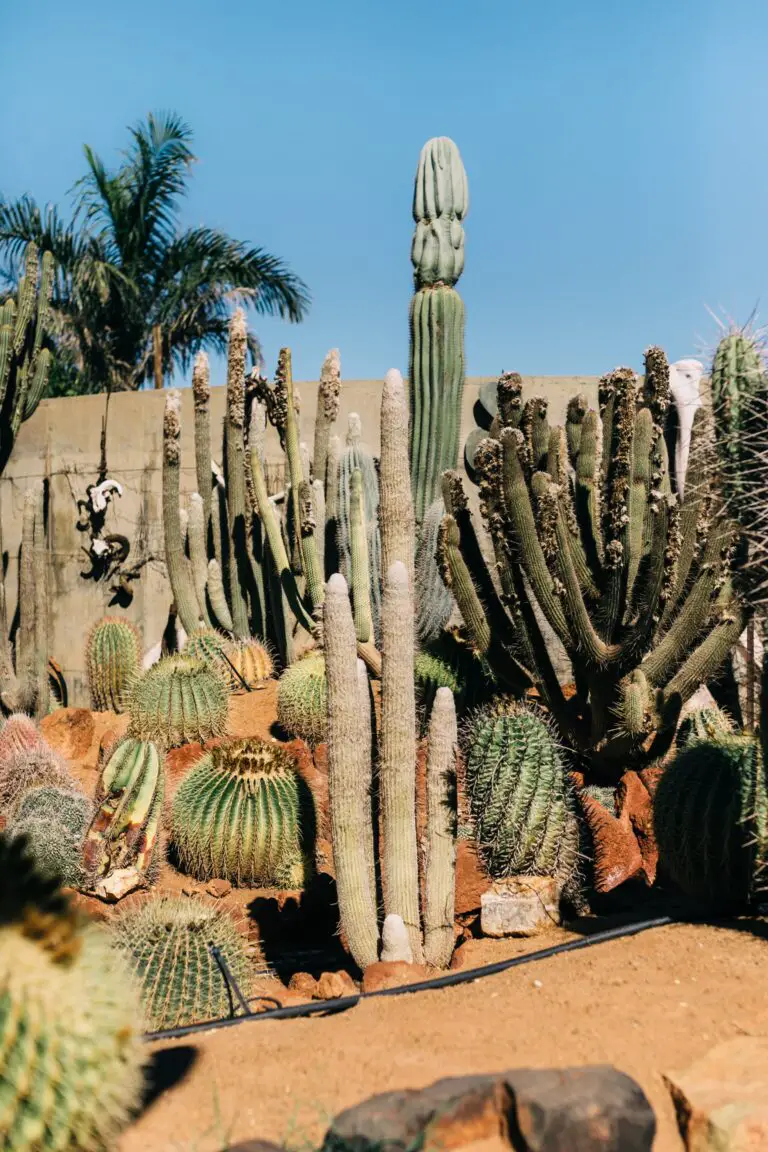
Remember, the art of Crassula care is playful and experimental. So roll up your sleeves, mix and match, and find the sweet spot that makes your green buddy dance with joy. And don’t shy away from adding a personal touch—a dash of worm castings or a bit of coconut coir can be the encore that takes your soil symphony from great to legendary. Happy gardening!
Fertilizing Your Crassula for Optimal Growth
When it comes to ensuring your Crassula plant flourishes, the right fertilization regimen is like a gourmet meal for these succulent beauties. Just like a master chef selects top-notch ingredients, you’ll want to pick the best fertilizer to feed your Crassula. Let’s dive into the succulent smorgasbord of fertilizers that will send your Crassula’s growth into high gear!
What you’re aiming for is a succulently balanced meal—think of it as achieving the ‘goldilocks’ zone of nutrition. The key players in the realm of Crassula-compatible fertilizers are those with low nitrogen content. Nitrogen is great, but too much can cause your plump verdant friends to become leggy and weak. Instead, opt for a balanced, water-soluble blend or a specialized cacti and succulent fertilizer, rich in phosphorous and potassium to encourage strong roots and robust growth.
Imagine this: It’s a sunny day, and you’ve decided it’s time to give your Crassula a little nutrient boost. You mix the recommended amount of succulent fertilizer with water, pour it around the base of your plant, and then wait for the magic to happen. In no time, you’ll witness your succulent friend basking in the glory of nutrients, its jade-green leaves glistening with gratitude.
But, just like you wouldn’t have a steak dinner every night, you shouldn’t overfeed your Crassula. It’s best to fertilize during the growing season, which runs from spring to early fall. A monthly cadence strikes the perfect chord for these plants. In winter, your Crassula is like a bear hibernating—you can skip the fertilizer and let it rest. Remember, overindulgence can lead to an unsightly buildup of mineral salts that can harm your Crassula’s waxy, plump leaves. Moderation is key!
To give you a visual guide and some expert tips on nurturing your Crassula with the right fertilizer, I’ve found a perfect video for you. Check out this informative and engaging piece that’ll have you fertilizing your Crassula like a seasoned gardener:
Growing thriving Crassula plants isn’t just a hobby; it’s a craft that involves understanding and responding to your plant’s needs with the finesse of an artisan. Choosing the appropriate fertilizer and applying it at the right intervals energizes your Crassula for splendid growth, without overwhelming it. Just as artists cherish their creations, you’ll marvel at the opulent texture and vitality of your Crassula as it reaches its full luscious potential. Keep these tips in mind, and soon your Crassula will be the envy of plant enthusiasts far and wide!
Pruning and Maintaining Crassula Shape
When caring for your Crassula plant, the art of pruning is not just a chore—it’s a craft. Like a bonsai master shapes a miniature tree, you become the artist of your living sculpture. Pruning isn’t just about aesthetics, though. It’s a vital step in maintaining your plant’s health and vigor. Let’s walk through the steps to keep your Crassula both shapely and robust.
First things first: Crassula, like any succulent, calls for specific pruning techniques. You’ll want to remove any dead or damaged leaves that could potentially harbor disease or pests. Do this with a clean, sharp pair of scissors or pruning shears. Precision is key—you’re the Michelangelo of your Crassula masterpiece, after all.
Now, to channel growth where you want it, take a look at your plant’s structure. Are there areas that are overgrown or branching haphazardly? Maybe there’s a side that’s fuller than the other, throwing off the plant’s balance? It’s time to even things out. A strategic snip here and there can redirect energy to other parts of the plant, fostering a more balanced and appealing shape. Remember, though, moderation is your mantra—no more than a third of the plant should be pruned at any one time.
Encouraging Growth and Symmetry
Imagine a Crassula with lopsided growth, looming to one side like the Leaning Tower of Pisa. Not the desired look, right? To avoid this, rotate your plant periodically to ensure even exposure to light, which will stimulate symmetrical growth. While rotating, check for any areas that might need a gentle trim to promote a fuller, more rounded appearance.
Real-life example alert: Let’s take Sarah’s Crassula, which started growing more on one side due to light conditions. She observed where the sunlight hit her plant and turned the pot weekly. After a month of careful pruning and rotating, her Crassula began to take on a gloriously symmetrical form, much to her delight!
And remember Tara’s Crassula, which had some branches growing out of control? By selectively pruning the overzealous branches, she encouraged growth in the sparser areas. Over time, Tara transformed her Crassula into a balanced, thriving little gem—a testament to the wonders of thoughtful pruning.
Removing Dead or Damaged Foliage
Sometimes, despite our best efforts, parts of our Crassula succumb to damage or disease. This is a critical moment to take action. Removing damaged foliage is not just a cosmetic fix—it’s a life-saving surgery for your plant. This is where you, the plant surgeon, step in: with sterilized scissors, you’ll carefully remove the affected areas, preventing any spread of disease and rejuvenating the plant’s look.
Just picture Craig’s Crassula, which had a few sunburnt leaves from too much direct sunlight. Not one to let his plant suffer, Craig snipped off the burnt areas. This not only improved the plant’s appearance but also encouraged new growth. Within weeks, those spots were flourishing with new, healthy leaves.
Ready to see pruning in action? Feast your eyes on this video, which illustrates the essentials of shaping your Crassula into a veritable work of art. Watch closely and you’ll be pruning like a pro in no time.
Pest and Disease Management for Healthy Crassulas
When it comes to houseplants that demand admiration, the Crassula, with its jade-like qualities, could easily take the crown. Yet, as with all monarchs, there are always foes lurking in the shadows. In our case, these foes come in the form of tenacious pests and insidious diseases.
First off, let’s talk about the usual suspects: aphids and spider mites. These pesky invasives are drawn to your Crassula like bees to honey, and they’ll make a feast of its succulent leaves if given half the chance. Typical signs of their visit include yellowing leaves, stunted growth, and a sticky residue known as honeydew. To combat these tiny terrors, a simple solution of soapy water sprayed directly onto the affected areas can work wonders.
Then there are mealybugs and scale insects, the silent assassins of the succulent world. Cloaked under a white cottony disguise or looking like small brown lumps, they attach themselves to your Crassula and suck the life out of it. Literally. A cotton swab dipped in alcohol can be your best counterattack, dabbing away at these sap-suckers until they’re no more.
Now, imagine this scenario: You’ve dutifully avoided overwatering, your Crassula’s soil is perfectly drained, yet root rot seems imminent. It may be a fungal disease at play, bringing with it wilting, discoloration, and root decay. The fix? It can be as simple as repotting your plant in fresh, sterile soil and making sure the pot has adequate drainage.
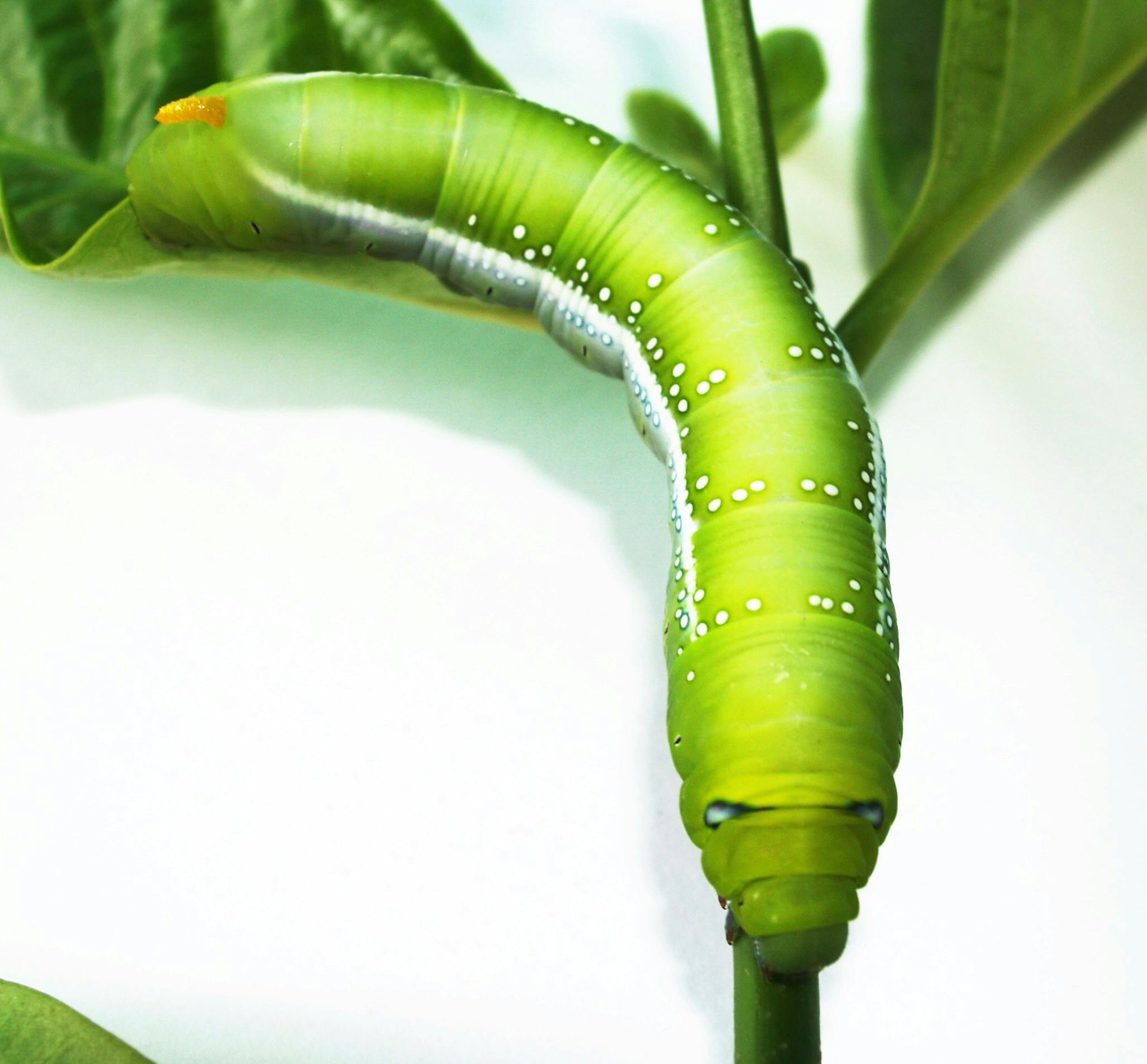
And it’s not just the bugs and fungi; environmental stress can also leave your Crassula vulnerable. Fluctuations in temperature, humidity, and light levels can cause your plant to weaken and signal a welcome mat to diseases. Keeping conditions as stable as possible will strengthen your Crassula’s defenses.
Remember, the battle for your Crassula’s health is ongoing, and vigilance is key. By staying alert to these common pests and potential diseases, you can ensure your succulent friend thrives. Keep an eye out for the early warning signs, and arm yourself with the knowledge and tools to fight back.
Propagating Crassula for More Plants
Don’t you just love it when you can multiply your favorite plants with ease? Crassula, those charming succulents you’ve been cultivating, are ready to spread their joy. Let’s dive into how you can turn a single Crassula into an entire collection—no green thumb degree required!
Choosing Your Champion: Leaf and Stem Cuttings
Find a healthy Crassula and select either a plump leaf or a segment of stem. Imagine it—a single piece of your beloved plant will soon become its own lush mini-me. It’s like turning one piece of your favorite cake into a whole new delightful dessert tray!
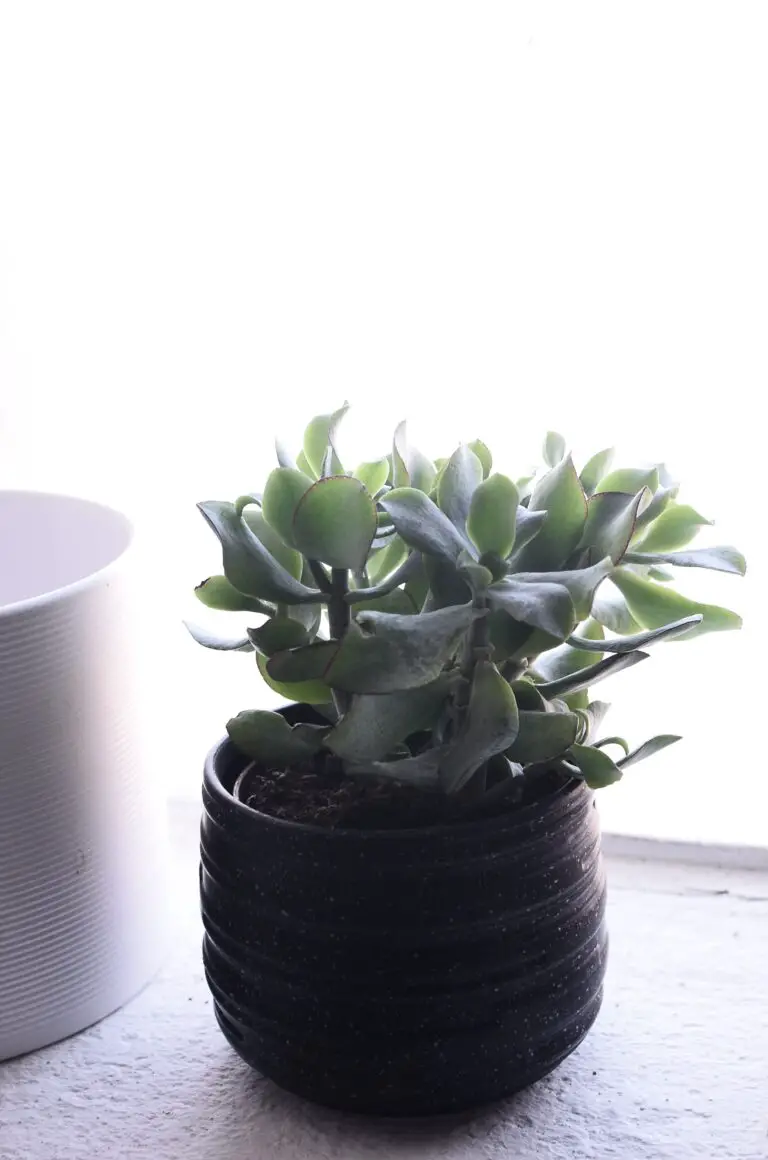
Creating the Perfect Environment
Now, summon your inner scientist and create the right conditions. Lay the leaf on soil like a precious jewel awaiting transformation, or plant the stem cutting upright, barely dipping it into the substrate as if it’s testing water temperature at the beach.
Moisture is Key
Maintain the soil’s moisture carefully—imagine giving your Crassula cutting a consistent, gentle hug with water. But remember, it’s a succulent, not a water lily; too much affection and you’ll drown the poor thing!
Patience, Young Padawan
Propagating isn’t a sprint; it’s a marathon—with more resting than running. In a week or so, you’ll likely spot tiny roots searching for nutrients, like trekkers seeking a fabled spring. Give it time, and watch as new life emerges from what was once just a small piece of plant.
Repotting: When and How to Repot Your Crassula
Is your Crassula plant starting to look a little cramped in its current quarters? Repotting may be on the horizon! This pivotal moment in your plant’s life ensures it continues to flourish and has space to stretch its roots. But don’t just yank it out on a whim—timing is everything. The best time to repot is at the onset of the growing season, typically spring. This gives your Crassula the perfect runway for post-transplant growth.
Let’s dig into the steps for a smooth transition. First, choose a new pot that’s one size larger than the current one with ample drainage holes. Match your pot choice to your plant’s personality—does it command a bold, decorative pot or a sleek, simple one? Get your new home ready with a succulent-friendly potting mix—think fast-draining and airy.
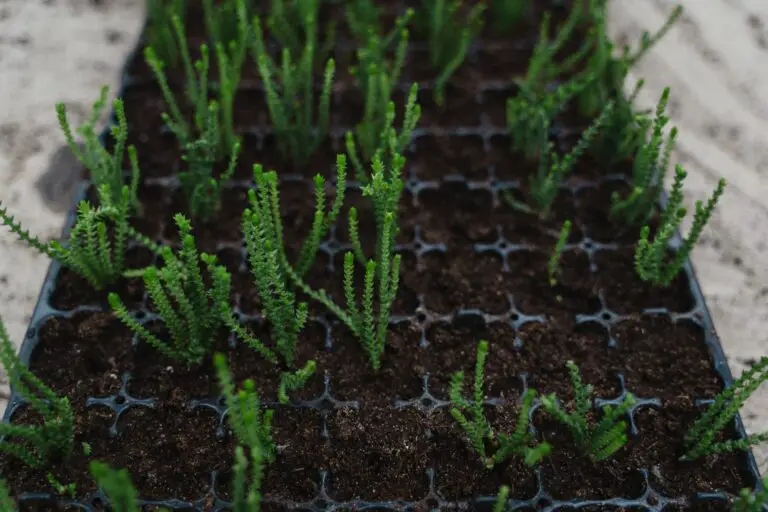
Now for the fun part: repotting day! Water your Crassula plant a day before the move to minimize stress. When D-day arrives, be gentle—envision you’re a plant surgeon. Tilt the pot, coax the plant out, and take a moment to admire the root system; it’s a chance to trim any dead or overgrown roots. Place the plant in its new abode, surround it with soil, and avoid packing down. Water it lightly to settle everything into place and keep it in a shaded area for about a week to help it adjust.
Pro-tip: if you notice your Crassula’s leaves paling or dropping, it could be crying out for more space. Giving it a new pot not only perks up its appearance but also strengthens its vigor. Think of it like a plant spa—it rejuvenates and invigorates!
Consider every repot a milestone in your Crassula’s life—a chance for it to grow more resplendent. With each repot, it’s like your plant is whispering a leafy ‘thank you.’ So, embrace the journey of repotting; it’s an act of love for your succulent sidekick.
Troubleshooting Common Crassula Issues
Everyone who’s ever whispered sweet nothings to their succulent knows that Crassula can be a bit finicky. But don’t worry, you’re not alone when your green buddy throws a tantrum. Let’s sort through the most common pouts and how to turn that plant frown upside down.
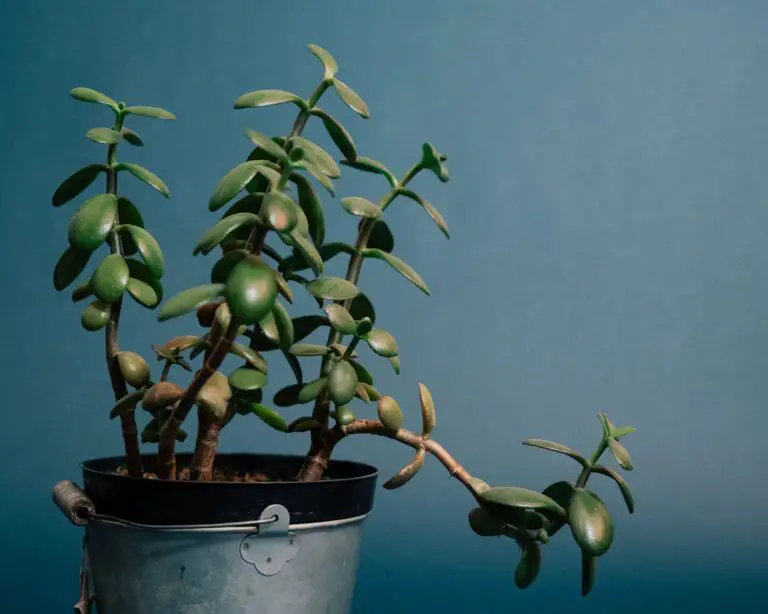
Yellowing Leaves: A Cry for Help
You’ve noticed your Crassula’s leaves turning yellow like autumn leaves on a deciduous tree. It’s shouting for help through color change! This is often a sign of overwatering. Remember, Crassula plants are like camels; they store water in their plump leaves and prefer a drought-like vibe. Cut back on water, and make sure your pot has proper drainage to keep your verdant friend perky.
Withered and Wrinkly: Thirst Signals
Flip the script, and you’ve got shriveled leaves – a silent scream for hydration. Contrary to its cousin the cactus, a Crassula does need a drink now and then. The key is consistent, moderate watering. Imagine giving your plant a sip of water with its meal, not a gulp that’ll send it to the bathroom endlessly!
Stretching Out: The Sun Dilemma
Is your Crassula reaching for the sky like a yoga enthusiast stretching in the sun? This might be etiolation—a lack of light. Crassulas need a solid sunbath but not a sunburn. If indoor lighting is lackluster, consider moving your plant closer to a window or investing in a grow light. A well-lit Crassula is a happy Crassula.
Leggy Growth: Craving Balance
Ever seen a Crassula that looks like it’s trying to walk away? Leggy growth is another symptom of inadequate light. To combat this, ensure your plant gets a balanced amount of sunshine, akin to a well-rounded diet. Rotate the pot regularly for even growth; we’re aiming for more ‘yoga balanced’, less ‘leaning tower of Pisa’.
Pest Party: Uninvited Guests
If you’ve noticed more bugs than usual crashing your Crassula’s pot party, it’s time for pest control. These unwelcome guests might include mealybugs, spider mites, or aphids. Natural enemies, like ladybugs, can be your allies. For a more immediate solution, a gentle soap spray can send these pests packing without a RSVP for their return.
Frequently Asked Questions
Embarking on a green-thumbed journey with your Crassula plant? You’re in for a rewarding experience! These succulent beauties, known for their resilience and plump leaves, often stir up questions from eager plant parents. Let’s dive into the most common queries to help you become a Crassula care pro!
How often should I water my Crassula?
Imagine you’re in the desert — that’s the natural habitat for these drought-resistant troopers. Watering once every 2-3 weeks during growth periods is ideal. The kiss of death for a Crassula? Overzealous watering! Always check if the topsoil feels like a dry Sahara before giving it a drink. If it’s still moist, hold off on the watering can.
What signs indicate it’s time to repot?
Roots peeking out from the drainage hole are like a Crassula’s subtle nudge, hinting, “Hey buddy, I need more room!” Typically, this happens every 2-3 years. Springtime is prime time for repotting, so mark your calendar. When upsizing, choose a pot that’s one size larger to give your Crassula ample space without drowning it in too much soil.
How to tell if my Crassula is thriving?
If your Crassula could talk, it would likely say, “Sunshine is my best friend!” A healthy plant boasts firm, glossy leaves and an upright stance, often enjoying a cozy spot near a sunny window. Watch out for dull, droopy, or falling leaves—they’re SOS signals for too much water or not enough light. Remember, a happy Crassula is like a mini cactus, basking in light and requiring little water.
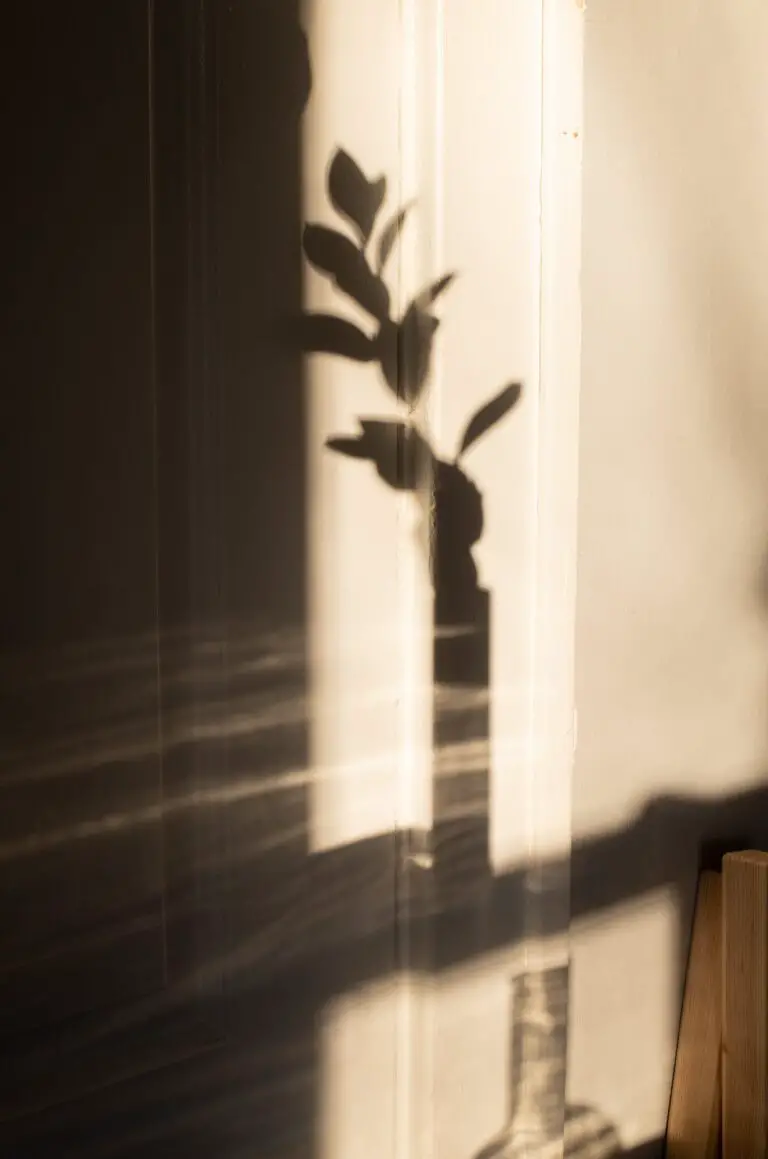
Armed with these insights, you’re set to navigate the Crassula journey like a seasoned horticulturist. Tend to your leafy companion with love, and it will return the favor with purifying air and a touch of calming nature in your home.



